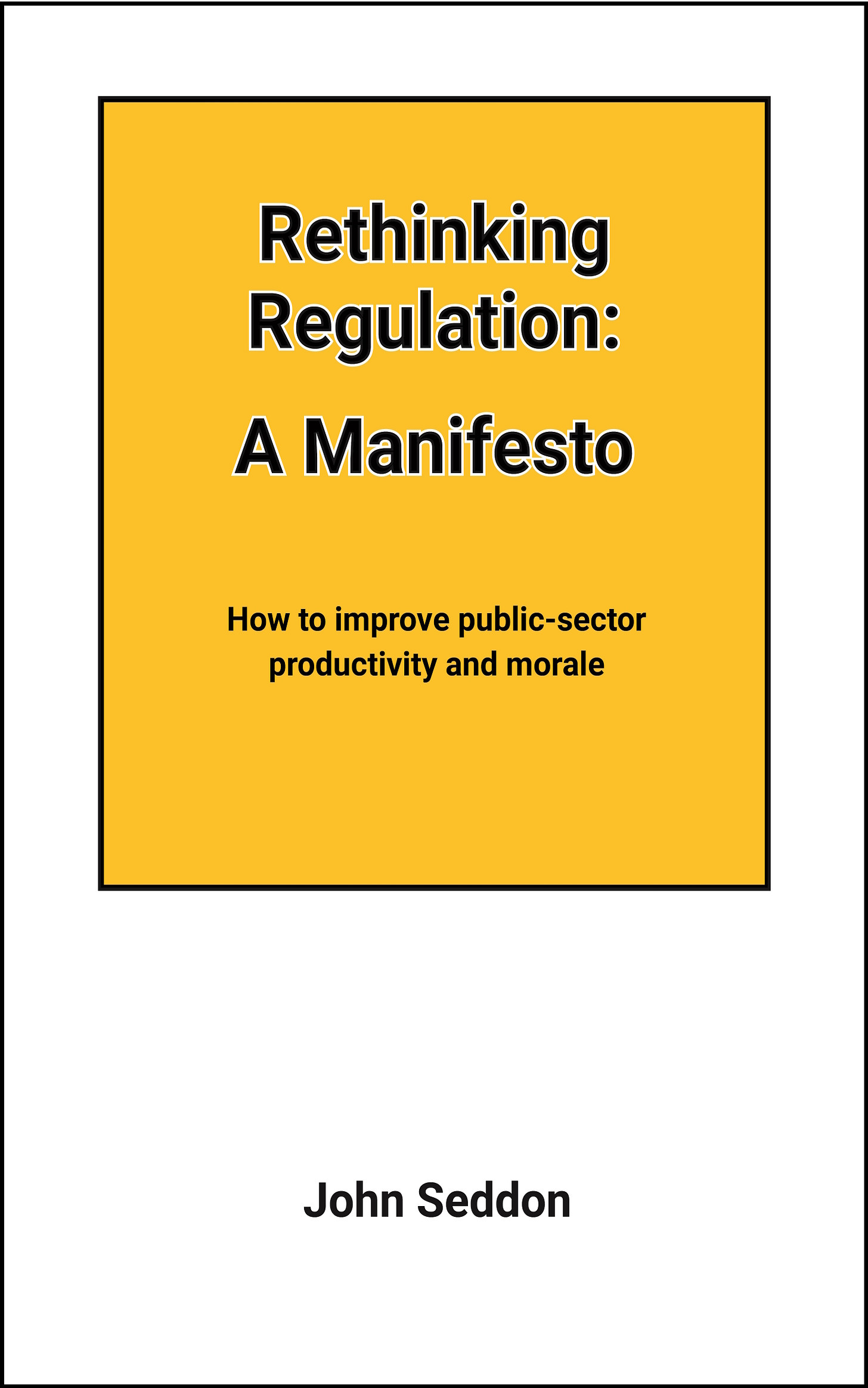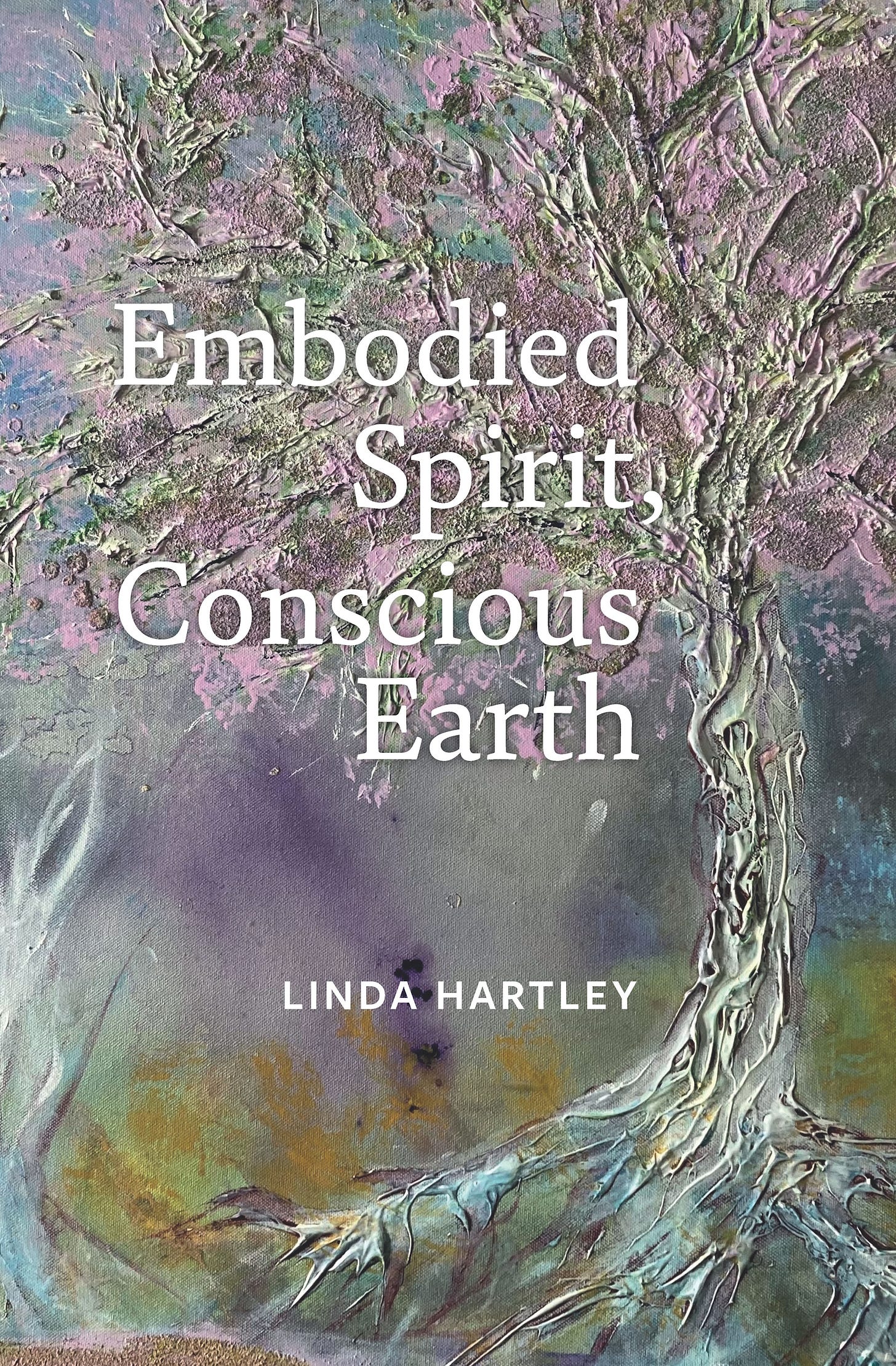99. Guiding Images
In general discourse at least, communism and socialism were terminally discredited by the forms they took in the Soviet Union, China and elsewhere. But it’s unclear why neoliberal capitalism has not been terminally discredited by the damage it has wrought on ecosystems, climate, communities, justice and people. (Well, it’s not unclear. Western media and social media are owned by billionaire beneficiaries of the neoliberal capitalist system and not by Buddhists, ecologists and communitarian idealists.)
What’s more troubling is that, just as the devil has always had the best tunes, the libertarian right has had the best utopias [guiding images] for a long time now. These generally boil down to “we can get things back to how they were [ bring back manufacturing jobs, get rid of immigrants] so you can be free to be who you want to be”. The left has no utopias [guiding images] to speak of. But this is all big picture stuff on a geopolitical scale. We’ll come back to it.
On a smaller scale, guiding images operate in our everyday lives:
We all tend to assume that things will go on as they are rather than assuming that things will be massively disrupted by wars, pandemics, climate change, rogue states, terrorists, narcissistic political leaders and new technology.
An example of this: businesses and other organisations trying to make planning choices and strategic decisions almost invariably fall into the trap of assuming that conditions will carry on pretty much as they are — when they pretty much won’t.
We are dulled and coerced into submission by the familiar and by groupthink.
An example of this: governments go on for years doing things that don’t work — doing the wrong thing. Instead of stopping, they hire consultants to help them (as Russ Ackoff famously said) do the wrong thing righter.
On a more positive note, dance, somatics and sports coaches and teachers have always known that guiding images enable the brain and the bodymind to find new rhythms, make new shapes and movements, break old habits and transform creativity. Give someone the image of their spine as a waterfall or their shoulders as a dragonfly’s and everything changes radically.
You won’t be surprised to hear that Triarchy has books about all four topics.
For the global shortage of viable ‘utopias of the left’ - Andy Hines and Imagining After Capitalism has the makings of a solution.
For the blinkered decision-making of organisations, Patricia Lustig and Gill Ringland have The Possibility Wheel.
For inflexible politicians, John Seddon has Rethinking Regulation: A Manifesto.
For dance, movement and somatics students and practitioners, Linda Hartley has Embodied Spirit, Conscious Earth.
Here goes:
Imagining After Capitalism
Guiding images are conceptual frameworks that provide a clear, aspirational vision of what could be. They serve several important functions:
unite diverse groups around common goals
motivate people, galvanize action and maintain momentum
help leaders and citizens make choices aligned with long-term objectives.
counteract despair and foster resilience during difficult times.
Although it’s becoming increasingly easy to imagine many different pathways to economic, societal and political collapse, it’s increasingly difficult to envision a future beyond the current capitalist system. But the need for alternative visions has never been more critical.
If we’re to avoid thugs and industrialists and billionaires trying to carry on running things when capitalist structures collapse, we need compelling positive alternatives - otherwise we’ll remain stuck in a combination of fear, denial, and false hope.
Andy Hines has found that many ideas (hundreds of them) about what could come next are being developed by citizens, activists, and scholars worldwide. This book synthesises those views into 3 broad “guiding images”:
an environmentally-driven Circular Commons
a socially-and politically-driven Non-Workers’ Paradise
a technology-driven Tech-Led Abundance.
Imagining After Capitalism is a fascinating and informative guide to thinking differently about the future.
The Possibility Wheel
In The Possibility Wheel, Patricia Lustig and Gill Ringland collate and analyse the trends that underlie the changes overturning our economy and society. They provide a clear framework for making sense of what is happening around the world, outlining ‘Forces for Change’ that surround us and evaluating the disruptive ‘Threats’ that we face.
Then they offer a toolset (the Possibility Wheel) to help senior executives and management teams make informed and resilient choices and strategic decisions. The Possibility Wheel brings the global evidence to play in your locality and organisational context — so you can explore more opportunities, develop resilient choices leading to more robust decisions and enjoy better outcomes.
Rethinking Regulation: A Manifesto
Productivity improvement in the public sector is described by politicians as a vexing conundrum. Whenever they are called upon to do something they add regulations, increase targets, and tighten-up audit and inspection — yet, after a short-term improvement and considerably increased costs, things deteriorate sharply.
The reason? Politicians (and the rest of us) are certain these things must work (even though all the evidence is that people find ways to cheat the targets — full ambulances queuing outside hospitals — resent being checked up on and will almost always do a better job if you leave them alone to work out how to do it.)
John Seddon has being preaching this message for over a decade and Rethinking Regulation: A Manifesto puts in a nutshell everything he’s learnt.
For dance, movement and somatics students and practitioners, Linda Hartley has exquisite guidance in Embodied Spirit, Conscious Earth. Here she draws closely on three sources – Release Work, Body-Mind Centering, and the Discipline of Authentic Movement – to show how they can inform a practice of consciously embodied movement.
Read more about – or order:
Rethinking Regulation: A Manifesto
Embodied Spirit, Conscious Earth.
If you have been, thanks for reading. Subscribe below to receive new posts regularly. (If you’re already a subscriber the link below will say so.)
Feel free to share it with anyone who might be interested.
And scroll right down to unsubscribe.






